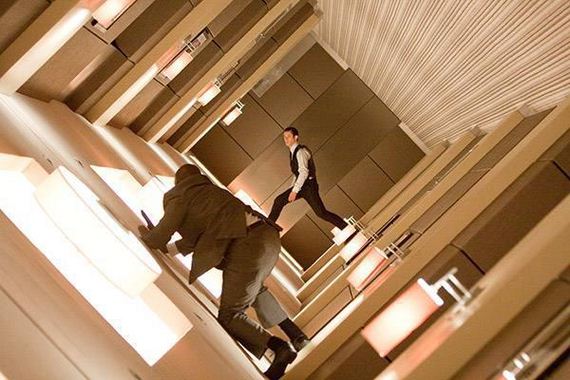
You imagine things from above and tilted.
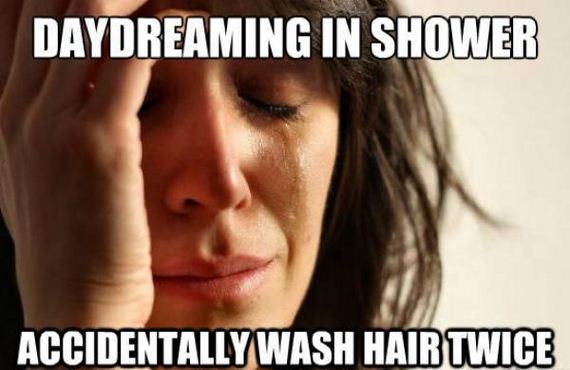
Your mind wanders 30% of the time, and if you feel like you’re daydreaming a bit more than this, researchers say you generally are more creative and better at problem solving.
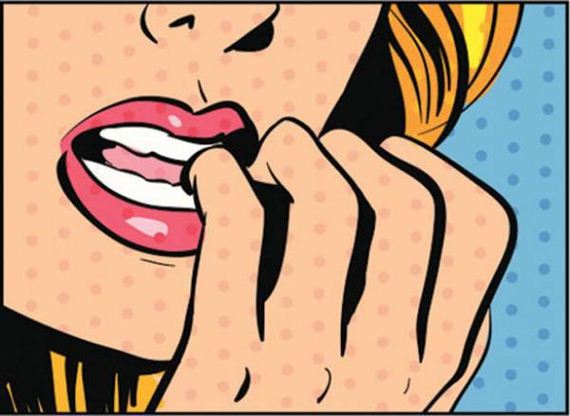
On average it takes you 66 days to form a habit.
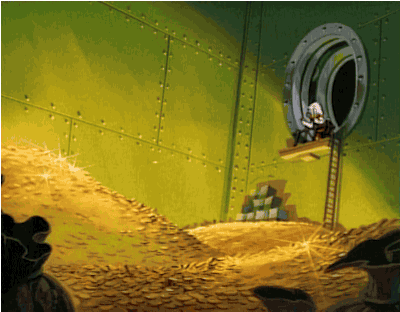
You overestimate your reactions to future events, If you think about winning the lottery, you predict that you will be deliriously happy. If you think about something on the opposite side, like losing your job, you predict that you will be devastated for a very long time. The truth is you have a built-in regulator that helps you stay at about the same level of happiness most of the time.
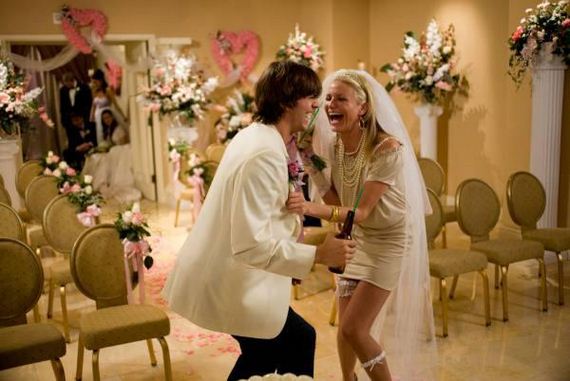
Most of the time you will stress over a quick decision, even if the outcome was great.
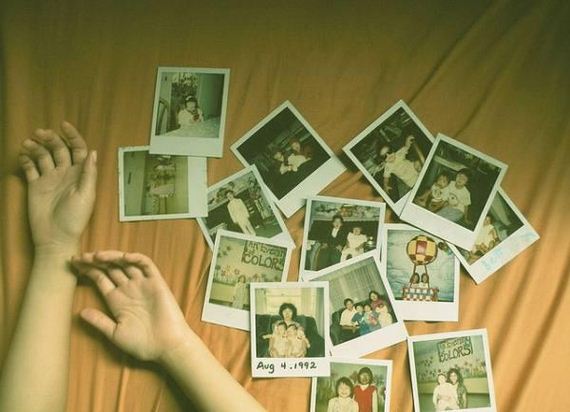
There is no such thing as a hard drive in our brains for our memories. Although we think this is the case, your mind actually reconstructs your memory each time you recall it, which means our memories change overtime and can influence one another.
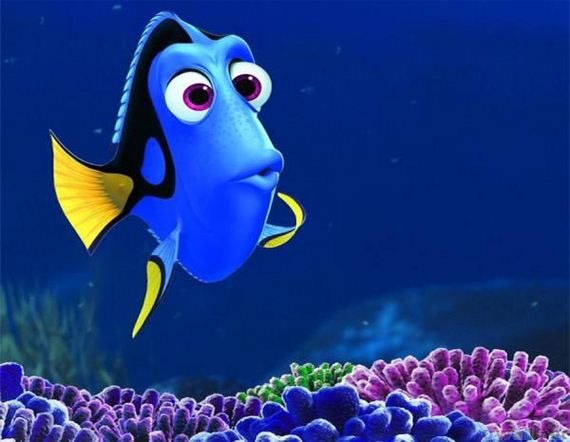
You can only store between 5-9 chunks of information in your short-term memory at one time. However, one chunk can have several pieces, which is why it’s so easy to remember your phone number.
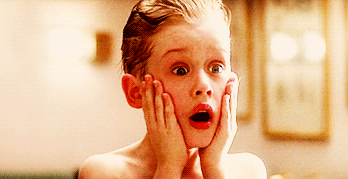
You are most affected by brands and logos when you are sad or scared.
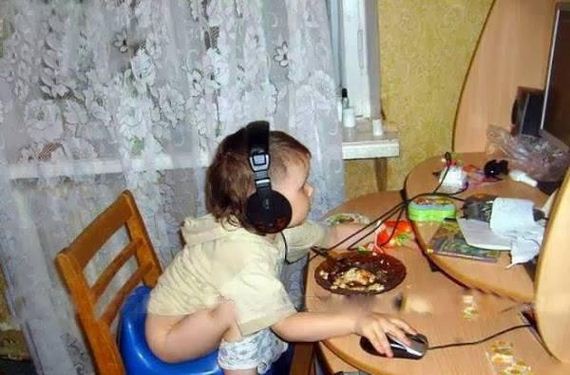
The truth is, humans can’t multitask. While you can certainly talk to your friend while walking around, your brain can’t focus on more than one higher level function at a time, which means you can’t think about two things at once.

You tell yourself that others are more easily influenced than you, this is known as the “Third Person Effect.” While we acknowledge the effect of advertising and other influences upon our peers, we deny them upon ourselves.
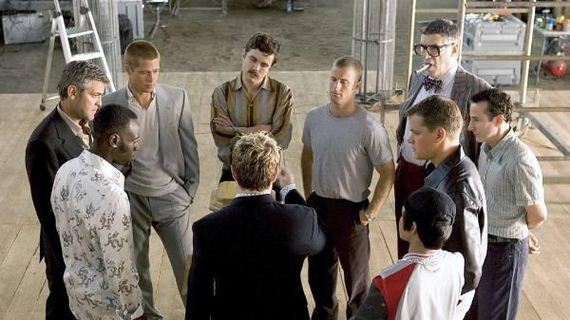
Groups are bad at making decisions because of an effect called ‘group think,’ which tells us that more heads does not mean more smarts as large groups of people tend to make decisions based on hyperemotionalism.
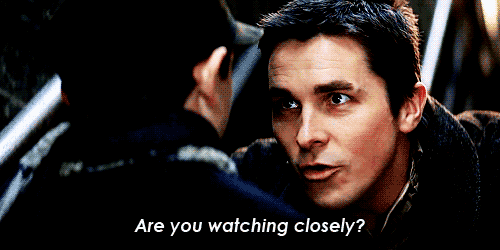
You can only sustain a HIGH level of attention for 10 minutes, even if it’s something that interests you.
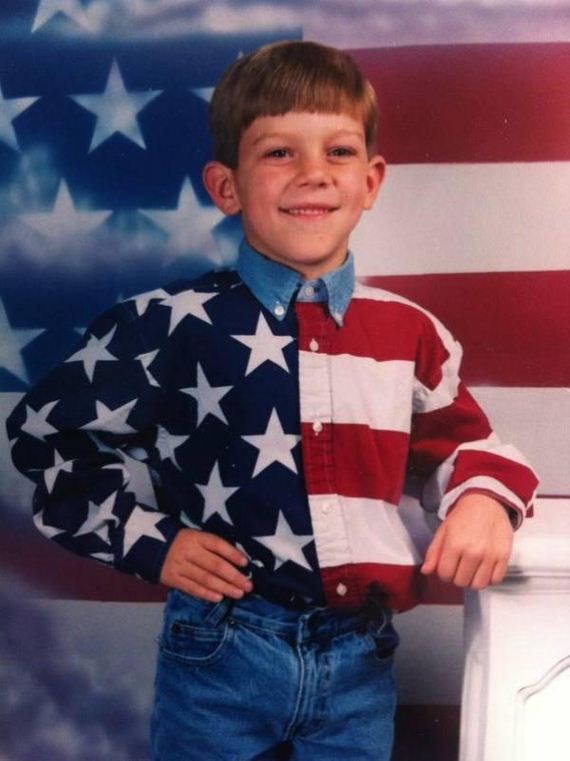
Although very patriotic, the colors red and blue are actually really hard on your eyes when next to each other due to Chromostereopsis.

In a study done outside of a supermarket, a tasting table was set up with 6 varieties of jam. They then upped the ante with 24 types of jam and found that although more people stopped at the table of 24, almost 6 times as many people bought something from the table of 6. This is attributed to the fact that we think we want more choices, but our brains can only handle so much at one time.

Your brain is just as active when you’re sleeping than it is when you’re awake, and researchers say during this time it is consolidating information and making new associations…as well as making you dream about flying naked through the Grand Canyon, of course.
 Barnorama All Fun In The Barn
Barnorama All Fun In The Barn